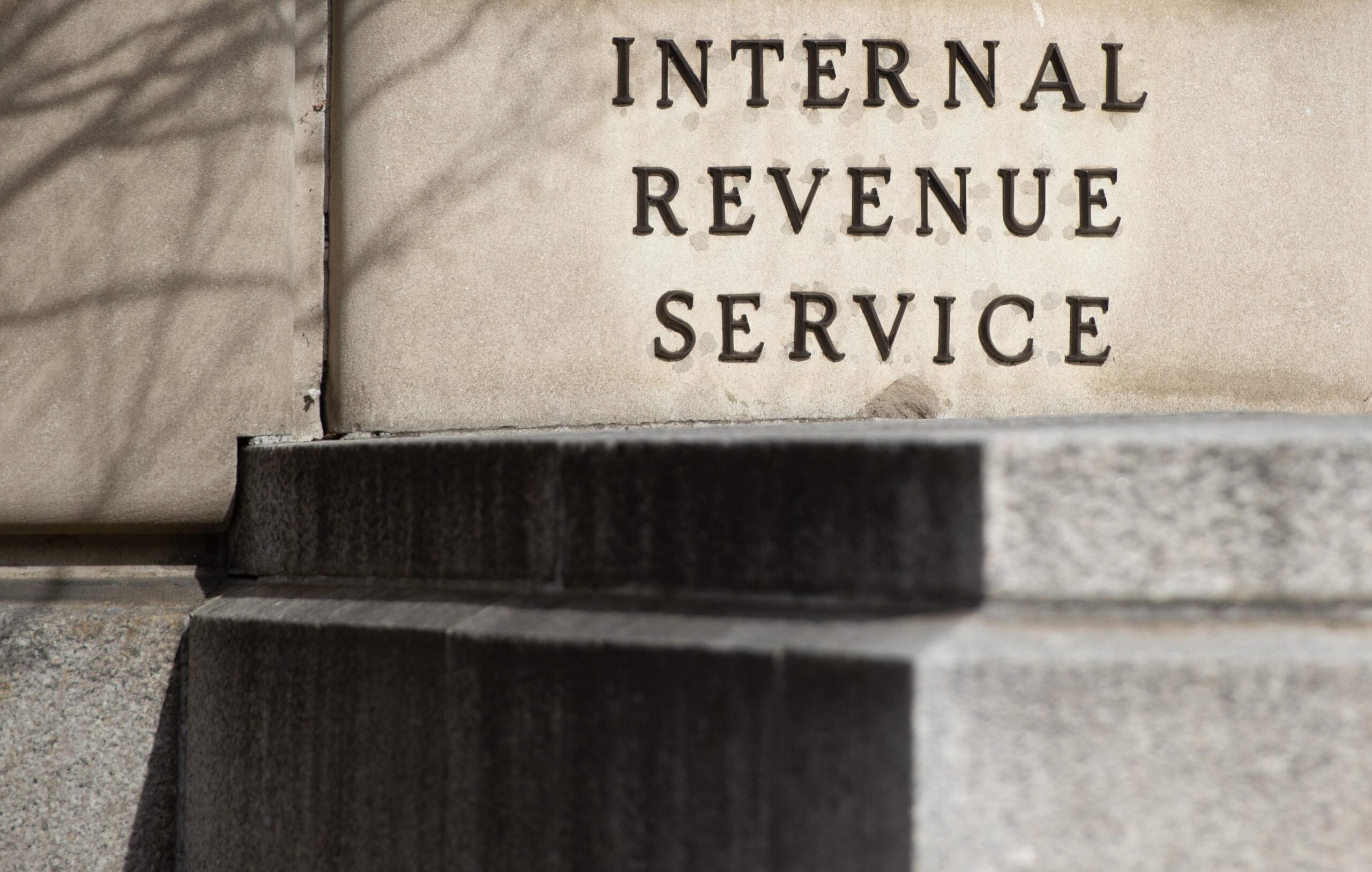
AFP via Getty Images
Internal Revenue Code Section 181 permits a 100% deduction for the first $15 million of the cost of producing a film that is shot in the U.S. (even before the film is released). While it sounds good on paper, Section 181 is worthless as a tax shelter to raise financing for films for the following reasons:
1. It is a deduction, not a credit. If you invest $100, your maximum savings is about $40, so it still costs you $60 to make the investment. That might soften the blow if you lose your investment, but no more so than donating $100 to charity.
2. If lady luck results in the film working and thus return of the investment, the return is fully taxable. Thus, all that Section 181 achieves is a relatively short deferral of tax, usually for not more than one year (from the year of production to the year of release).
3. For individuals, the Section 181 deduction can only offset a very narrow category of income, which generally consists of taxable income from real estate (and most real estate investments don’t generate taxable income due to favorable tax rules) and passive interests in businesses held by pass-through entities.
4. Leveraging the investment with debt is an utterly silly strategy, since the investor must have personal liability for the debt in order for it to be respected for tax purposes, and the interest on the debt will wipe out the tax benefit of deferral of tax.
MORE FOR YOU
5. Entering into a tax shelter scheme (where the initial tax savings exceed the cash investment) based on Section 181 is an even sillier strategy, since these schemes typically involve (a) inflating the value of the film, (b) leveraging the investment with purported “debt” that later magically disappears, and (c) transaction costs that far exceed the small tax benefit of deferral. These deals are prime targets for the IRS, and if audited, the taxpayers will end up with massive tax and penalty assessments.
For investors, Section 181 tax shelter schemes are easy to spot. The promoters pander to greed and promise tax savings in excess of the investment. They obviously fail to mention the investor’s tax liability in following years and the high risk of disaster if there is an IRS audit. If investors have any competent advisors, they should run when they hear a proposal like this that is too good to be true.
For film companies, the transactions are equally easy to spot, since the film company is typically offered an absurdly high price for a development project, and the documents refer to Section 181 ad nauseam. There are only two risks to film companies from these deals, and both can be dealt with. One risk is that the IRS might allege that the film company is aiding and abetting tax fraud, but the IRS does not usually go after the counterparty to a tax shelter, and in any event, ignorance is bliss, so the less tax questions, the better. The other risk is that the documents are often so muddled that it is impossible to know who is doing what to whom, including who owns the film rights. The way to avoid this risk is to just make sure that there is some document that clearly transfers all the film rights back to the film company, and let the tax shelter promoter worry about any tax risks in doing so.







